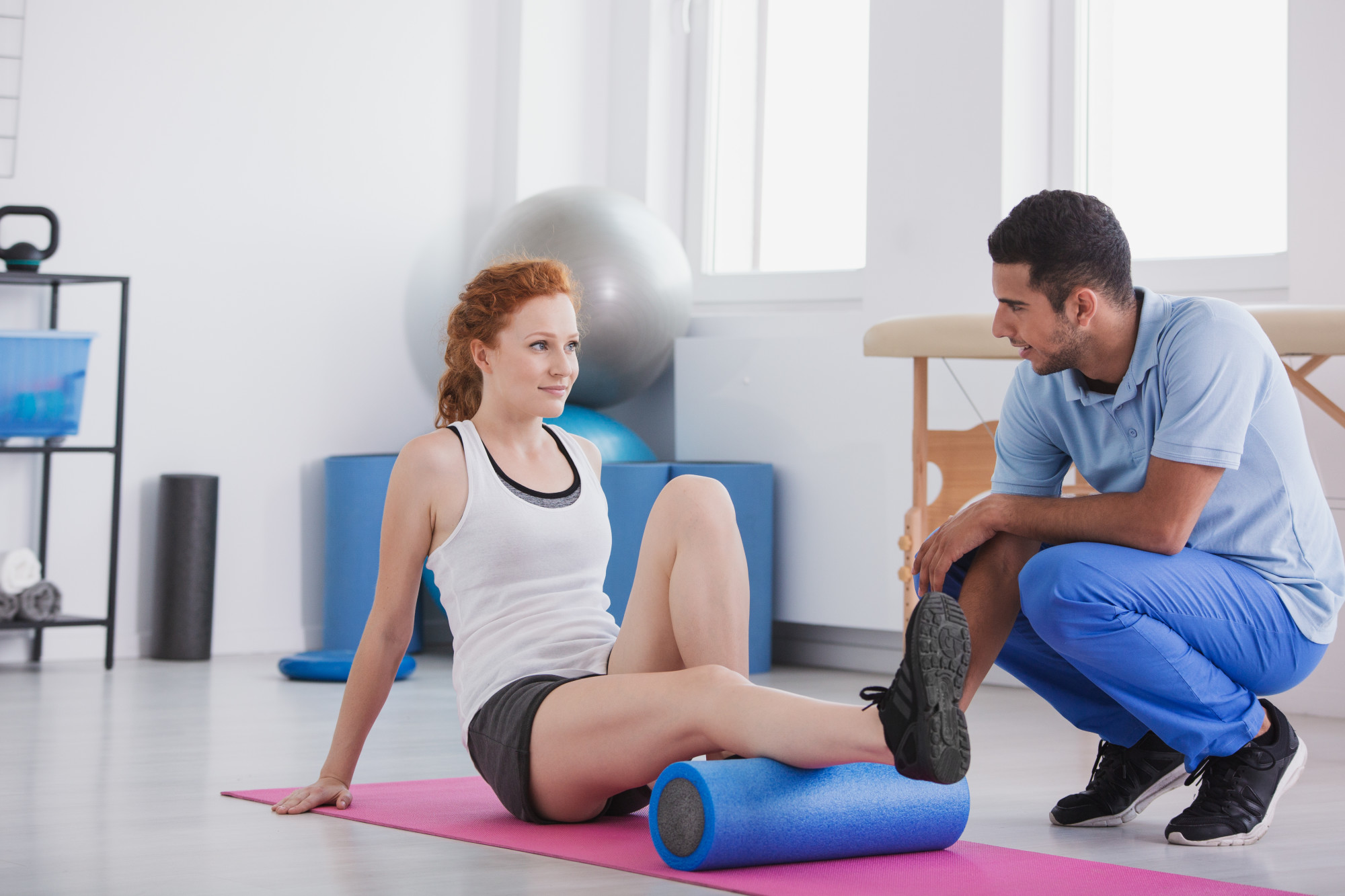
Are you spending your time before and after your workout stretching? You’re wasting your time. Studies show that static stretching has at best a marginal improvement on muscle soreness.
If you experience delayed onset muscle soreness (DOMS) after your workouts, then you know that constant ache and hindrance it has on future workouts. You could follow hearsay and theories of fellow gym goers.
Or you could listen to science and do something that will work. Do what athletes do and try these solutions for preventing DOMS.
Tart Cherries
Incorporate drinking tart cherry juice into your workout routine. One study showed that marathoners could reduce their muscle soreness by drinking cherry juice leading up to and after their races.
The cherry juice also improves your muscle function and recovery. Cherries do all of these great things because they are rich in anthocyanins.
You might be more familiar with them called antioxidants. These antioxidants go to work deep in your muscles to reduce inflammation.
Work Them into Your Diet
If you already have a balanced and nutritional diet then you probably already get an adequate amount of antioxidants in your diet. But for an extra boost, work in a couple of servings a week.
When you start training for an event of competition you can up your intake to daily. If you don’t like cherries, you can switch them out for another fruit like raspberries.
Coffee
Are you taking in caffeine before your work out? Science tells us that a pre-workout caffeine boost can help you reduce fatigue and soreness.
One study tested the effects of caffeine on those who normally consume a low amount of caffeine. It turns out, pre-workout caffeine consumption resulted in a 48% drop in muscle soreness on day two and three. It also allowed for a greater number of reps in the following workouts.
Add Caffeine to Your Workout
About an hour before your workout drink two cups of coffee. This will give you the same amount of caffeine as the study we referenced.
Remember to regularly drink plenty of water. Getting dehydrated will make your muscle soreness worse.
Foam Rolling
Working your muscles like their dough is shown to reduce the onset of muscles soreness and improve your subsequent workouts. Rolling your muscles helps to increase your range of motion in the short term.
Then in the long term, your muscles will have greater flexibility. This will help you to feel less tight and perform better in your future workouts.
Roll It Out
Use a foam roller to work out any soreness or tenderness. Give each major muscle group a good five to ten rolls. Focus on any areas that are especially sore.
Massage
Regularly massaged muscles have more blood vessels than those that aren’t. This means that more oxygen in your blood gets to your sore muscles. The more oxygen, the faster the recovery your muscles will have.
Those that get post-workout massages have significantly less muscle soreness. Massaged muscles also show they have less scar tissue than muscles that are not massaged.
Massage Your Muscles
Work a post-workout massage into your routine. You could schedule a professional sports massage for yourself. Or you could check out this useful page and work a healing balm into your aches and sprains.
Recovery Workout
You can’t go all out hardcore every day in the gym. First, this is a level that you can’t maintain long term. Second, it’s more harmful to your muscles when you don’t give them a break so they can rebuild.
A light recovery workout after your intense workout will encourage more blood flow to the area. The increased blood flow helps to keep the healing process moving along.
Muscles soreness is partially caused by a buildup of lymphatic fluid. the increased blood flow helps clear this buildup away. It also eases the inflammatory reaction and moves immune cells through your muscles.
Add in Recovery Workouts
Try doing some light cardio when you get done with your intense workout. You can also schedule some lighter workouts throughout the week.
Your schedule should have some days where you do your heavy lifting. Then other days where you plan to do some Pilates, yoga, or cycling. These are all low impact exercises.
Not Helpful
You’ll hear plenty of antidotal advice from people claiming they have found the “perfect” remedy to sore muscles. But science has shown that most of them don’t work.
Epsom Salt Baths
There is no scientific proof behind Epsom salt baths working. Anyone that tells you that they work is giving you anecdotal proof. What is most likely happening in this situation is a placebo effect.
Icing
Icing may make you feel better in the moment, but it does nothing for prevention of DOMS. One study proved that there was no difference in pain, tenderness, or swelling between those that iced and those that didn’t.
Stretching
Don’t confuse stretching with foam rolling. Static stretching does not have the same beneficial effects.
To make it worse, studies show that static stretching actually decreases your performance. So why continue to do something that works against your goal?
Prevent Extreme Muscle Soreness
Whether you are training for your next event or just trying to stay in shape, nobody enjoys extreme muscle soreness. Hopefully, these methods will help you avoid DOMS.
Just like starting any new habit, don’t try to do all of these things at once. You will set yourself up to fail this way. Instead, try to incorporate one or two that fit naturally into your daily routine.
Read this article to find out how drinking alcohol is affecting your triathlon training.
